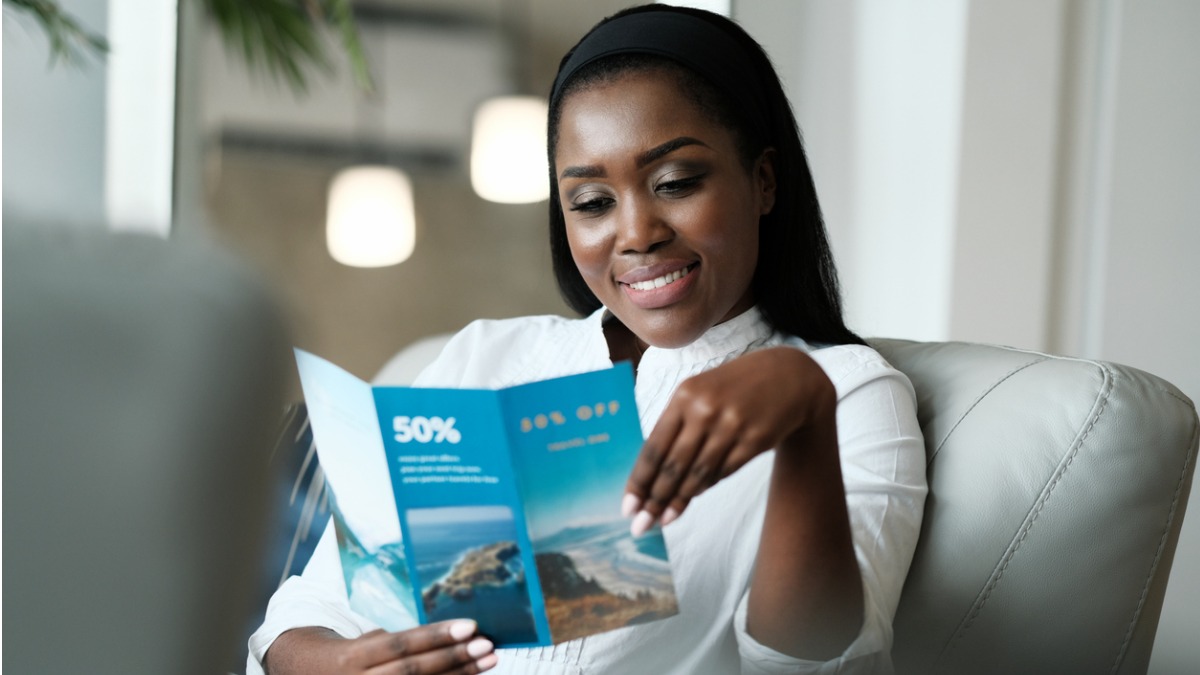How to personalize complex journeys for an exceptional customer experience


The travel industry is known for its complex customer journeys, as travelers engage with various touchpoints and experience multiple stages, from dreaming of a destination to booking flights and accommodations. To stand out in this competitive landscape, travel companies must prioritize personalization.
What makes a customer journey complex?
In a world of options, too much choice can lead to decision-making paralysis. Social media channels like Instagram and TikTok bombard customers with inspiration, while Google makes it easier to discover new brands.
Travelers have an almost unlimited menu of choices when it comes to booking their trips. But with all these choices available to them, there are higher levels of procrastination and anxiety associated with making a decision.
All of this takes place during the awareness and planning stages of the customer journey.
To assist customers facing this paralysis of choice, brands need to go the extra mile to deliver relevant content. The more relevant you can make your marketing, basing your content on customers’ needs and reflecting the experiences they’re looking for, the more successful your marketing will be.
Personalizing chaotic customer journeys
It’s important to understand the customer’s journey, and even better, the stages along the way.
Using the travel and tourism industry as an example, there are five distinct stages:
- Inspiration
- Planning
- Booking
- In-trip
- Post-trip
Inspiration: personalizing the awareness phase
67% of holiday goers will book with the brand that offers them the most help during the inspiration phase. This phase is about understanding the customers’ needs. They’re looking for inspiration and are open to possibilities.
Personalizing data capture popovers is a brilliant tactic for this stage. Travel brands can use browsing insights to personalize messages. “Not ready to book? Save this flight for later” or “Still interested in visiting Ibiza? Save your search for later”. This kind of personalization created a memorable customer experience.
By collecting travel preferences immediately, you’ll be able to understand what the customer needs to convert. What kind of experience are they looking for? What’s their budget? Are they open to cross-selling or upselling tactics?
You can better understand your target audience by developing detailed customer personas. You can segment customers based on common characteristics and behaviors, then create personas representing each segment. These personas act as archetypes to guide personalization and tailor customer experiences. For now, you have enough information to take them on a tailored welcome journey that will set the scene for the journey to come.

Planning: crafting tailored consideration communications
For travel brands, the planning stage is all about differentiation.
What makes you different from your competitors?
In this respect, it’s not much different from most other sectors. We’re all striving to stand out from the crowd.
But thanks to your personalized customer acquisition tactics, you already have the information you need to drive subscribers through the sales cycle. You know what browsers are looking for, so you should be delivering content tailored to their needs.
AI-powered product recommendations play a vital role in enhancing the travel customer experience. Using these, you can showcase tailored destination recommendations, hotel and activity suggestions, and personalized travel itineraries. These recommendations can be delivered through websites, mobile apps, or email marketing campaigns. Airbnb frequently employs this tactic to feature their most popular stays in the area users are researching.

Dynamic content is also a powerful tool to easily personalize your messaging. Displaying different content based on destination preferences helped Copa Airlines generate a 14% boost in revenue from its personalized email campaigns.
Booking: driving purchases with personal touches
A typical online travel consumer is exposed to over 38,983 micro-moments in a 60-day timeframe. During that time, they visit an average of 18 websites across multiple devices, all before making a single hotel booking. While this is slightly longer than your average decision-making process, it’s a great one to learn from.
It’s important to streamline the booking process to enhance your customers’ experience. As travel has one of the highest cart abandonment rates of any industry at around 81%. At this stage, the value of abandoned cart automation cannot be underestimated. Never let a shopper leave without sending them a recovery email.
To make it as easy as possible to continue with their journey, your recovery email should list the items in their basket or break down the details of their booking with a clear CTA. If there is something specific blocking their path to purchase, providing real-time assistance to customers’ queries live chat is a must. Together, you will be able to tip many uncertain shoppers over the line.
You also need to tap into the FOMO effect by creating a sense of urgency. Countdown clocks and the limited number of spaces available are perfect to drive users to convert.
In-trip: personalize cross-selling and upselling opportunities
Travel brands know all about the importance of cross-selling and upselling. 38% of tour and activity bookings on vacation happen on or around the same day as doing them. 52% of travelers consider buying in-flight amenities and services when they’re delivered to their mobile devices.
Timing is everything.
To deliver the best experience possible you need to think about the many facets that will affect them. Reminders via SMS are perfect for any travel, event, or experience-orientated brand. Specific information like booking references, check-in times, and health and safety regulations will help customers have a smoother experience if they’re delivered into the palm of their hand.

Using geo-locations to know where your customers are can help you drive spontaneous decisions. You can drive customers to attend an event, join activities, or visit you in person.
This is also relevant for non-travel brands. Keeping customers informed about shipping times and delivery times will ensure their highly anticipated parcel doesn’t get sent back to the depot.
Armed with insights into their most recent orders and interactions with your brand, you can pull in relevant products, items, and services to cross- and upsell post-purchase.

Post-trip: drive long-term loyalty for an unforgettable customer experience
Good or bad, memories last.
47% of customers believe they would switch to a competitor within a day after a poor customer experience. The customer journey doesn’t end after the trip. Therefore, you must make your aftersales journey all about the customer. It’s all about making them feel like a valued part of your brand.
The best thing is, there is a whole range of automation programs that can help you deliver regular, personalized messages at key stages of the relationship.
Anniversary celebrations are a great way to demonstrate your appreciation for your customers. Pulling in their data, these emails can be used to highlight, how many miles a traveler has flown, or how many times a customer has shopped or attended one of your events. You could even consider sending follow-up emails with exclusive discounts or rewards for future travel. This will show your customers that you value their business and appreciate their loyalty.
You can also combine your feedback and review campaigns with your customer loyalty program and let customers earn points for every review they leave. Reviews are an essential part of the early stages of the customer lifecycle so the more you collect, the better. Adding incentives to these kinds of activities can help keep customers engaged with your brand, long after their journey is complete.
Summary
In the highly competitive travel industry, it’s essential to deliver a consistent experience across your customers’ journeys. By embracing personalization, you can create unforgettable experiences that leave a lasting impression, leading to increased customer satisfaction and loyalty.



